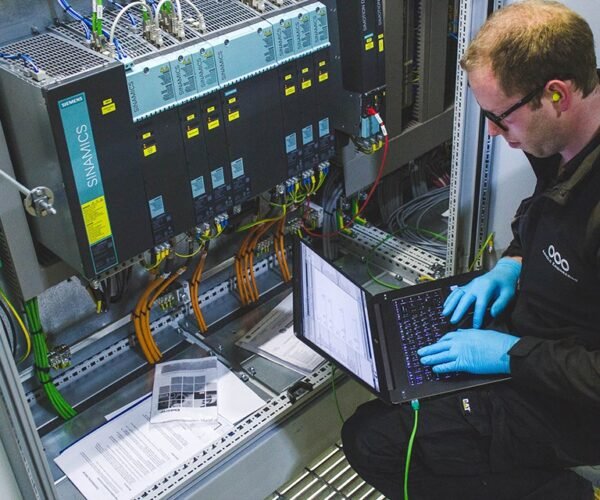Mould is a fungus that grows in moist and humid environments. It can grow on almost any surface, including wood, paint, drywall and fabrics. The growth of mould releases spores into the air that can cause allergic reactions such as sneezing, runny nose and itchy eyes. Mould also releases chemicals called mycotoxins that can cause serious health issues like chronic fatigue syndrome or cancer if inhaled over time. If you’ve been affected by water damage in your home or business and want to prevent mould, follow these flood damage restoration Melbourne steps:
Dry out the water.
The first step to preventing mould after water damage is to dry out the area. If you have standing water, remove it as soon as possible. You can use fans and dehumidifiers to help with this task.
If you’re worried about mould growth, consult with professionals who specialize in mould remediation. They will be able to help determine whether your home has been affected by mould growth and what you need to do next.

Clean up the water.
- Remove all water from the area. This may seem obvious, but it’s important to remember that even the smallest amount of moisture can cause mould growth. Use a wet/dry vacuum to remove water from carpeting and upholstery, and use a wet/dry vacuum to remove excess water from walls and subfloors. If you have enough time between when you discover your flooding and when you start cleaning up (ideally within 24-48 hours), it’s also helpful to let your home air out as much as possible before beginning with this step.
- Dry everything thoroughly after removing it from its source of moisture. Once all of your materials are dry (or mostly dry), put them back where they belong—and keep an eye on them for any signs of mould growth!
Clean and disinfect the affected area.
After the water damage, clean and disinfect the affected area. In most cases, soap and water will do the trick. If there’s severe mould growth, you may need to use bleach as well.
Afterwards, make sure that you spray down any other areas of your home that were exposed to moisture during this process so they don’t become infected as well. If there are any items left in the room that can’t be salvaged due to mould or mildew growth on them (such as carpeting), get rid of them right away!
After cleaning up your home thoroughly with soap and water plus bleach if necessary—or whichever cleaning products work best for you—it’s time to move on to step two: dealing with any structural problems that may have been caused by this incident!
Replace affected materials.
- Replace items that have been damaged by water. If a wet item has been damaged, it should be replaced immediately. This includes sofas, mattresses and carpeting.
- Replace items that have been contaminated by water or mould. Items that have been soaked by water and have since dried out should be discarded if they smell musty or show signs of mould growth (such as black spots). This includes books, paper documents and other paperwork on which moisture could still be present underneath the surface.
Conclusion
Water damage may seem overwhelming, but with the right flood damage restoration Melbourne steps and help from professionals, you can restore your home or business to its former glory. The key is knowing what to do when a flood happens and following the necessary steps to prevent mould growth. With these tips in mind, you’re ready for anything—even a little water!




